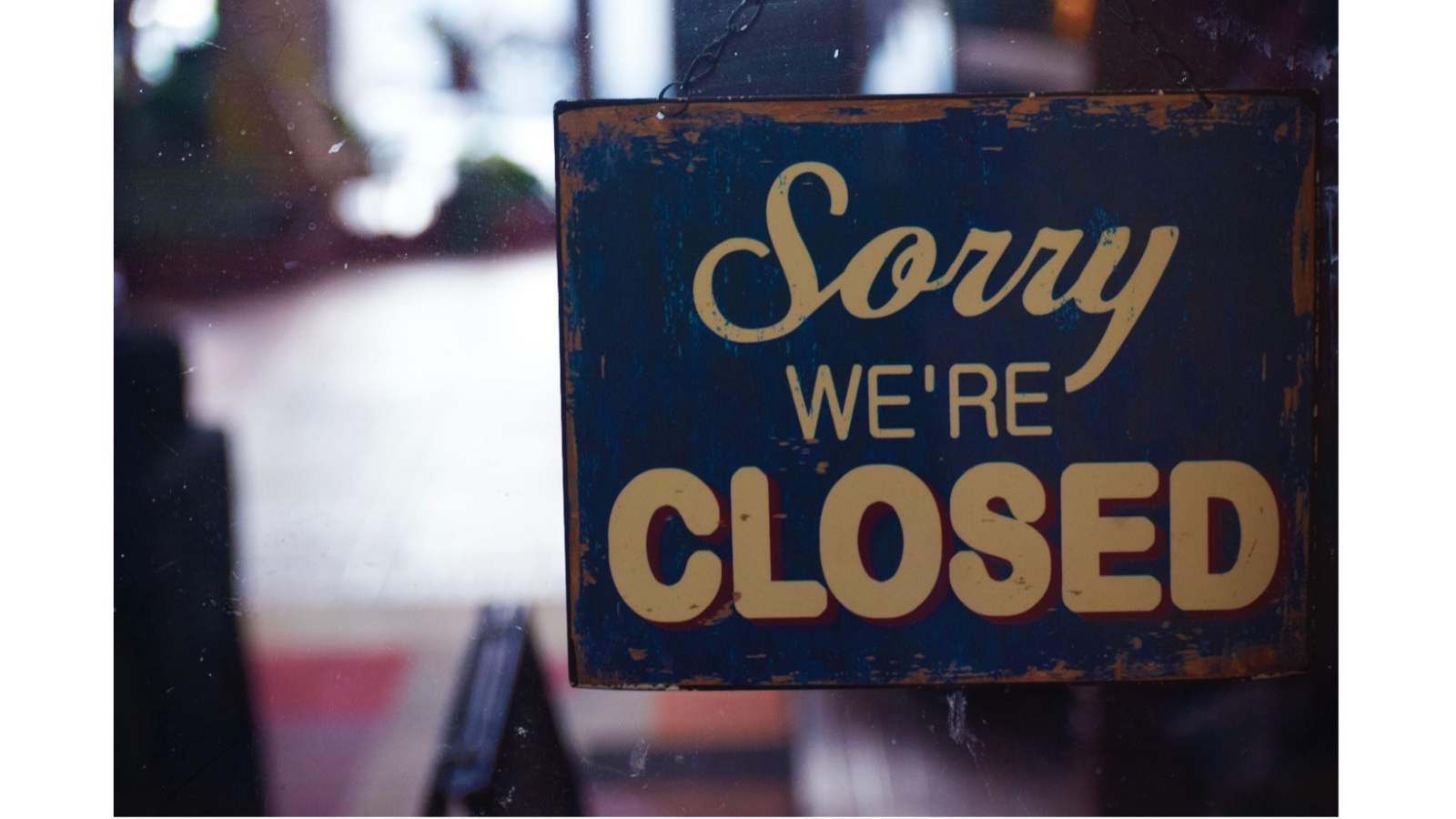Welcome, please enter your details below.
22 Feb 2021
How work patterns have changed since the first lockdown
Can you believe it has almost been one year since the country first went into lockdown! The past year has seen a massive shift in how companies work, we wanted to see what specific work patterns have evolved since the first lockdown. Newly remote teams struggled to adapt and the phenomenon of meetings via Zoom was born. We might not know how the future will look, but we know our working world will never be the same.
Remote work patterns
The biggest change we can see post the first lockdown is the increase in remote working habits. Prior to lockdown most people commuted into their working office 5 days a week and worked their 9-5 jobs. Lockdown helped companies realise the cost benefits of setting up staff to work from home. Once lockdown was over we saw fewer people returning to the office, deciding instead to stay working from home – at least for part of the week. It’s likely that in terms of remote working things will never be the same again going forward, being prepared to work from anywhere has now become a necessity.
One benefit of remote working is that employees have been given flexibility over the ways they work - both now and in the future. Whether people choose to work in the office, from home, or a hybrid of both, giving employees the opportunity to work how and when they like will become more common. Some companies are using remote work as a way to cut costs for office space and office supplies meaning remote working could be around for a long time to come. Not to mention the uncertainty around when another lockdown will strike meaning it is important that anyone can work remotely at the drop of a hat – the recent Auckland lockdown was a good example of that.
Changing work/life balance
Without the long commutes to incorporate into our working day, our schedules have become a lot more flexible. There are less defined boundaries around when the working day begins and ends, causing professional tasks to start to impact personal lives. In the office, employees had structured days however today things look very different.
According to Microsoft prior to lockdown, they saw a 25% reduction in instant messaging during lunchtime: now it’s down to 10%. Similarly, the amount of communication occurring between six pm and midnight has gone up 52%. These statistics show that lunchtimes and evenings are no longer breaks from work or from computer screens. People ended up working extra hours during lockdown each week. This is due to the fact that people seize small windows of time throughout the day to care for children or run errands. To make up for little breaks throughout the day, people felt the need to begin work earlier and finish later.
Having a healthy work/life balance is crucial for our mental health, however, post lockdown the lines between home and office are not so clear cut.
New ways of communicating
In order to examine how working patterns have changed since 2020, we looked at Microsoft 365 who used Workplace Analytics and anonymous sentiment surveys to try to understand the experiences during and post lockdown to uncover what has changed. A big shift can be seen in the ways we communicate. Office meetings are a staple for most businesses and over the years these meetings have increased in frequency. Due to remote working the Microsoft survey saw a 10% increase in weekly meeting time – a surprising statistic considering that spontaneous interaction was not a possibility and all communication had to be scheduled during lockdown.
However, individual meetings via platforms such as zoom actually became shorter. Due to the ability to schedule the start and end time of a meeting via a virtual platform, a meeting can now stick within the required time frame. A positive taken from remote working is that it has allowed us all to think about what we require a meeting for so that time is used more appropriately at work rather than wasted with endless meetings and little productivity.
The importance of email
Email messaging prior to lockdown was used as a way of sharing short bits of information and keeping recipients up to date. Email makes messages and tasks easy to deliver quickly and widely. The role email plays in business has changed since the first lockdown. Emails have become a more crucial form of communication as they have started to replace meetings. Emails are also used for everything from organising and keeping track of calendars to problem-solving. Video meeting invites are sent to our email and populated into our calendar making it even easier to keep track of meetings and appointments. There are times when an email really is the only, or best, means of communication. Email is a practical tool that works wonders when used to its fullest capabilities. At Cumulo9 our suite of products can help with your business deliverability ensuring that statements, invoices, payslips, contracts, and updates securely reach your recipients, find out more here.
Lockdown has clearly changed the working world forever seeing patterns such as remote working as a way of the future. Email, in particular, is an important working tool that has become an even more crucial way to communicate if used correctly – If you would like to find out how to utilise your workplace email system to help your business during these new ways of working contact our team today.






